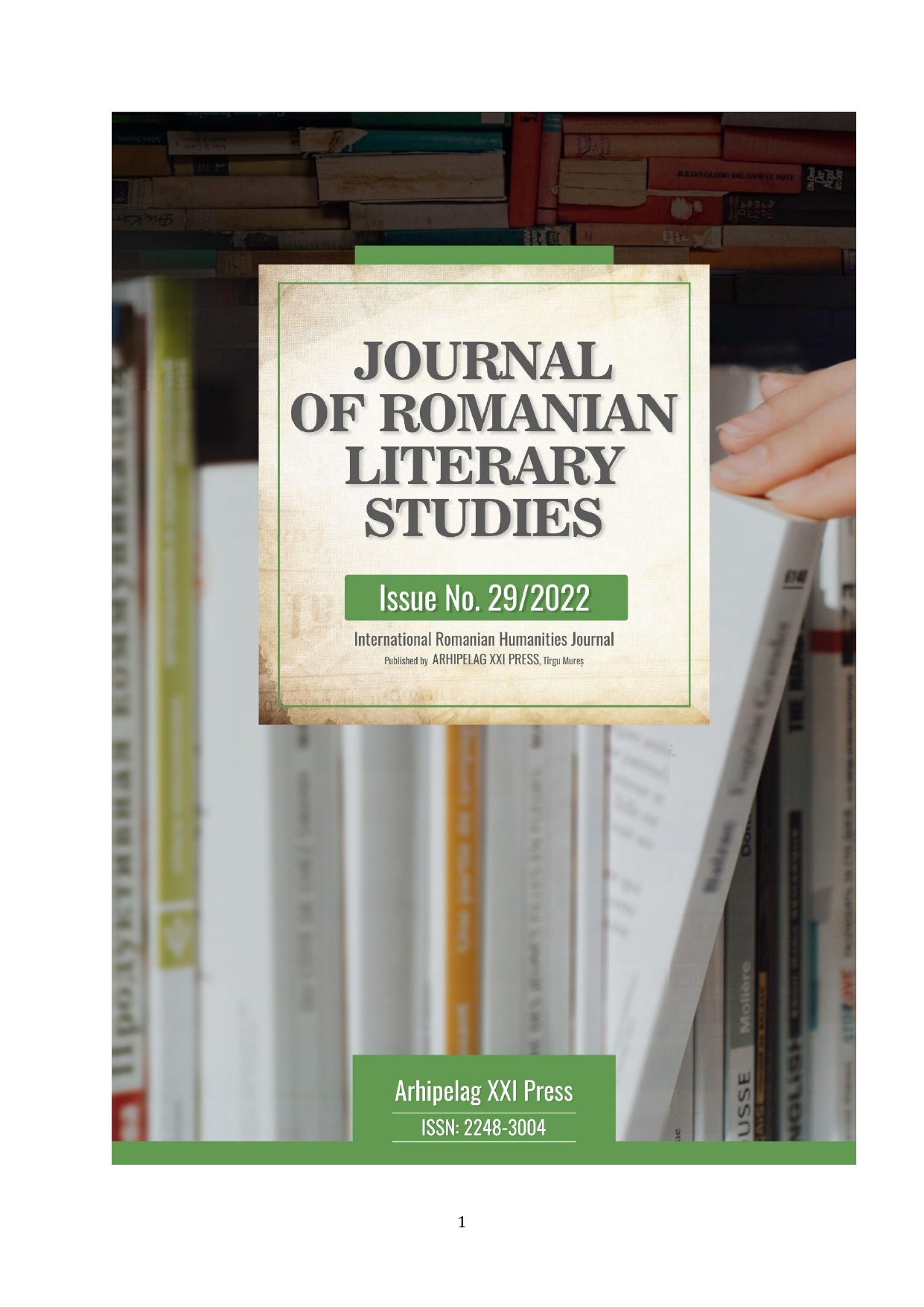BIHOR ORTHODOX CHURCH IN THE FACE OF REFORMED AND CATHOLIC PROZELITISM AT THE END OF THE SEVENTEENTH CENTURY AND THE BEGINNING OF THE EIGHTEENTH CENTURY
BIHOR ORTHODOX CHURCH IN THE FACE OF REFORMED AND CATHOLIC PROZELITISM AT THE END OF THE SEVENTEENTH CENTURY AND THE BEGINNING OF THE EIGHTEENTH CENTURY
Author(s): Ionel ChiraSubject(s): Cultural history, History of Church(es), History of ideas, 17th Century, 18th Century, Eastern Orthodoxy, History of Religion
Published by: Editura Arhipelag XXI
Keywords: Orthodoxy; proselytism; religious reform; Calvinism; Catholicism;
Summary/Abstract: The division of the zones of influence, following the change of the balance of forces, through the military victories obtained by the Austrians against the Turks, in the battles of Vienna (1683). Mohaci (1687) and Zenta (1697) will open the way for profound transformations: geopolitical, social, economic and of a confessional religious nature, intended to legitimize and consolidate the rule of the Habsburg Empire in the new annexed territories. Calvinist and Catholic proselytism, generated in the Bihor parts by Transylvanian principles, by various Hungarian nobles or even by the imperial powers in Vienna, out of the desire to have as many converts as possible, but also for political reasons, did not have deep and lasting achievements. Orthodoxy has been the shield of defense of the Romanian people in Transylvania for centuries. Persecuted, legally unrecognized and raped by various proselytists, it withdrew strong and resilient in the mystery of Romanians' souls.
Journal: Journal of Romanian Literary Studies
- Issue Year: 2022
- Issue No: 29
- Page Range: 335-341
- Page Count: 7
- Language: Romanian

